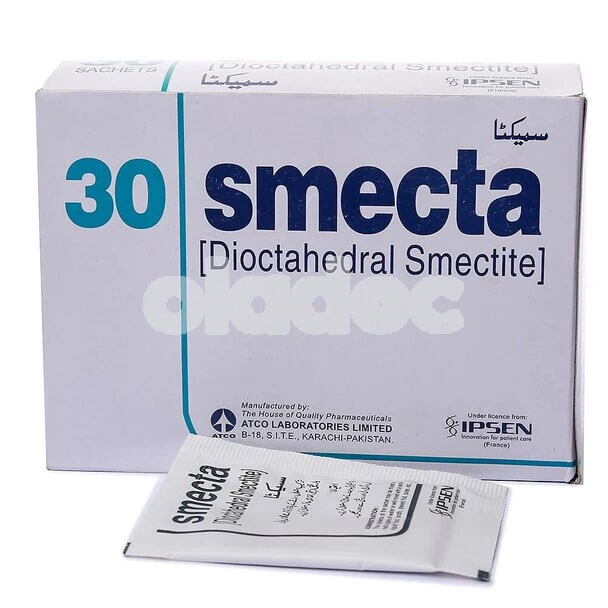The average person has 10-30 benign (non-cancerous) moles on their body. And while many people ignore their existence, some choose to have them removed; either for cosmetic reasons or under the suspicion of melanoma-the deadliest form of skin cancer. Whatever the reason, one must understand the implications of a mole removal surgery, including an understanding of what moles are, when to consider their removal and the different surgical options.
Table of Contents
Moles – What Are They?
The common mole (aka nevus) is a small dark spot, barely the diameter of a pencil eraser which is actually a cluster of specialized skin cells known as Melanocytes that produce the skin pigment, Melanin (responsible for determining skin darkness). The depth and color of a mole depends upon the number of melanocytes, and the amount of melanin they produce.
Benign moles are unchanging, and can either be raised, flat, or hairy; and can form anywhere on the skin.
Another type of mole, the dysplastic nevus, is usually large and has an indistinguishable shape unlike the common mole. They tend to exhibit multiple colors ranging from brown to pink. Although dysplastic nevi does not normally convert to Melanoma (a severe type of skin cancer), people with a plethora of these moles risk a higher chance of contracting it.
Moles can be found all over the body including on the armpit and scalp. People typically develop these till the age of 50. Moles can also change in color or even disappear over time. Variation in hormones due to pregnancy, for example, can lead to darkening and enlargement of moles.
Should You Have Them Removed?
Most people get raised facial moles removed due to their unflattering appearance, since moles that occur elsewhere on the body, or flat facial moles are usually non-cancerous. However, if it’s Melanoma you’re worried about, the following self-test can help identify a cancerous mole:
A – Asymmetry: Are the edges changing shape? Is it growing rounder in the middle?
B – Borders: Are the edges of the mole becoming fuzzy?
C – Color: Is a mole changing color? Is it two-toned?
D – Diameter: Is it larger than 6mm or growing really fast?
E – Evolving: Has it started to bleed, itch, or become inflamed?
Record these observation for a few months, and if you observe any of the above changes, report to a doctor immediately as changes in a mole’s appearance are usually indicative of Melanoma.
The Types of Surgery
Consult with a dermatologist to determine a suitable surgical procedure based upon your skin tone, mole depth and status (benign or cancerous). The common removal options are:
1- Laser Removal
Used for surface-level flat moles, it involves removing the color of the mole by concentrating a specialized beam of laser light over it. The procedure is most effective on fairer skin, as the laser can cause permanent and obvious color changes in people with darker skin tones. However, since laser removal leaves behind no evidence, it is not suitable for testing the cancerous or benign status of a particular mole.
2- Surgical Shaving
Employed for raised, surface-level moles, the target area is anesthetized and the mole shaved off using a scalpel or sharp surgical instrument, with the area then being cauterized (burned) to seal blood vessels. The procedure results in minor bleeding, with a flat scar that fades with time, making it highly effective for cosmetic purposes.
Surgical Shaving is commonly used when there’s a concern about the mole, but not to an extent that it has to be extracted completely. Doctors use this to spot cancers like malignant carcinoma.
3- Excision With Stitches
Unlike shaving, the mole is completely removed, along with the surrounding skin via a surgical shaving knife after anesthesia, and stitched closed; resulting in the formation of a thin, line scar, due to which excision is not commonly performed on the face, unless the mole is cancerous. It is used for flat, large and deep moles, with facial stitches removed within 4-7 days and stitches in other areas within 8-21 days post-surgery.
Excision can also be performed without stitches for average sized moles that don’t penetrate deeper into the skin, although they often tend to grow back.
4- Cryotherapy
Mole-causing melanocytes are entirely eliminated by spraying cold, liquid nitrogen directly over the mole, making it highly effective for cosmetic removal. The process is mildly painful and results in small blisters that self-heal within two weeks after surgery, leaving behind a barely noticeable scar.
5- Electrosurgery
For deeper moles, heat generated by passing an electric current through an electric needle is used to burn off the upper layers of skin, effectively eliminating the mole. The process is quick and efficient, leaving behind only nominal scarring like cryotherapy. It does require multiple sittings, though.
Irrespective of the method used for mole removal, if a mole is suspicious, the doctor may perform a biopsy after punching a cylindrical object into the skin and extracting the mole using forceps, and discuss the results with you once available.
Post-Surgery Care
Clean the operated area once or twice daily with either water or diluted hydrogen peroxide, apply a layer of Vaseline and keep the area bandaged. Repeat the process daily until the wound heals, and remember to keep it clean and dry to avoid infection. In case of excision without stitches, avoid picking at scabs that form over the operated area to prevent additional scarring.
If you are considering mole removal for yourself, you can book an appointment with a top Dermatologist in Rawalpindi, Lahore and Multan through oladoc.com, or call our helpline at 042-3890-0939 for assistance to find the RIGHT Doctor for your dermal issues.



















